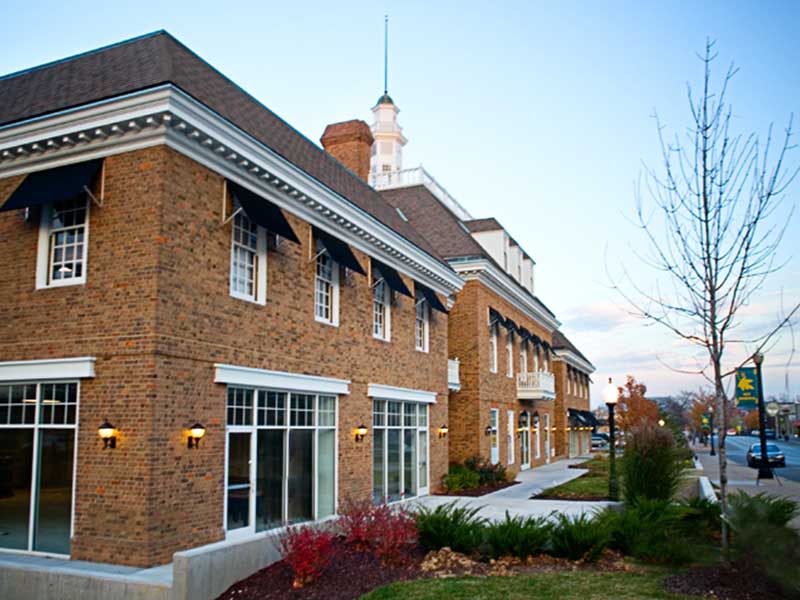The therapists at McCallum Place recently completed a training on Adolescent-Focused Therapy (AFT) based on Adolescent-Focused Therapy for Anorexia Nervosa: A Developmental Approach by James Lock. I was curious to learn and teach about an individual therapy for adolescent anorexia nervosa and how it differs from Family-Based Therapy (FBT).
AFT is the current incarnation of Ego-Oriented Individual Therapy (EOIT). EOIT was one of the treatments against which FBT was compared in an early study of FBT’s effectiveness. Whereas FBT empowers parents to refeed their child, AFT empowers the adolescent to relinquish AN so that they can ‘be teenagers,’ have a life, and resume normal development.
Lock’s treatment manual begins with a sobering reminder of the dangers of anorexia nervosa (AN). He cites studies suggesting that as many as 7-15% of patients may develop a severe and enduring form of the eating disorder (SEED). Recovery becomes more challenging when the disorder has been in place for more than five years. As many as 18% of patients pass away in some samples. The medical consequences of starvation account for half of deaths; the other half result from suicide. I assume the prevalence of suicide gives us a window into the quality of life of long-term AN patients. The prognosis for adolescents is fortunately better, Lock points out, with full recovery occurring in 30-60% of cases which receive early intervention.
Unlike many empirically-supported psychotherapies for eating disorders – other than perhaps Interpersonal Therapy – AFT is rooted in psychodynamic theory. Accordingly, AN is assumed to be a coping strategy. Food- and body-focused obsessions and compulsions, even when distressing to the patient, are theorized to serve as a distraction from developmental conflicts and impasses. AFT posits that adolescent AN generally serves one of the following four coping-related functions:
- Anorexia as a way of controlling and/or covertly expressing feelings of anger, and/or as a method of controlling others in the family unit.
- Anorexia as a way of compensating for feelings of depression and/or low self-esteem, in which compulsive behaviors like calorie counting and weight loss serve as a substitute achievement, distracting from underlying feelings of failure.
- Anorexia as a pseudo- or substitute personality – an anchoring point around which to organize a sense of self for someone whose identity is otherwise impoverished or fragmented. Lock argues that patients fitting this conceptualization may also experience their symptoms as a method to elicit caring responses from others.
- Anorexia as a way to delay separation and individuation in someone with maturity fears, often fostering and prolonging a dependent relationship with caregivers. The adolescent may doubt their own ability to be independent or may fear the consequences of the separation process to a parent. The manual presents the case of an athlete who develops anorexia after an injury sidelines his plans to attend college via an athletic scholarship, eliminating what felt like his only pathway to advancement after high school.
While I have not read The Golden Cage by Hilde Bruch, I have heard that the book explores the first and fourth conceptualizations. Similarly to FBT, Lock remains agnostic as to any specific cause of AN. However, I find it tempting to infer potential causal agents from the four conceptualizations.
AFT’s first phase centers on developing a conceptualization of the patient’s anorexia. The AFT therapist considers the following:
- What functions do eating disorder obsessions and behaviors serve for the adolescent?
- In what ways do these symptoms help the patient?
- From what do the symptoms protect the patient?
- What problems in the patient’s life are not being solved/being avoided as a result of anorexia?
- How do the symptoms influence the patient’s family and friends?
- If anorexia were not present, what would be discussed in therapy? Dating? Friends? Future career paths?
In phase 2, the underlying emotional and developmental issues uncovered in phase 1 are ‘worked through’. For example, a patient whose anorexia serves function #1 might be encouraged to express anger and frustration more directly after it is gradually brought into conscious awareness. A function #2 patient might be encouraged to find more meaningful sources of achievement and mastery, relinquishing the illusory accomplishments AN provides. The patient is weighed weekly in session and the therapist comments on whether weight has changed. If there is a decrease, the therapist helps the adolescent plan how he or she could eat more. If weight improves, the therapist explores what helped and links the weight increase to an improvement in relevant developmental issues. Throughout treatment, AFT therapists balance a nurturing stance with firm pressure on adolescents to restore weight and therefore ultimately take better care of themselves. Weight regain is framed as an act of self-care necessary for having a developmentally-appropriate and meaningful life – in addition to a medical necessity.
Phase 3 focuses on reducing the risk of relapse by anticipating any future developmental issues and ‘putting them on the patient’s radar’. For example, how might an adolescent navigate dating in the future, without returning to the semi-comforting aspects of AN?
AFT “neither blames nor excludes parents”. Throughout treatment, parents are included via collateral sessions, in which the therapist coaches them on how to support the developmental changes occurring in individual therapy. For example, the parents of a type 4 patient might be encouraged to scale back accommodations and otherwise support healthy independence.
In terms of research support for AFT, Lock offers the following summary:
- The first randomized controlled trial studying AFT compared EOIT to a type of family therapy designed to address family dynamics (in contrast to FBT’s direct focus on eating disorder symptoms and weight restoration).
- Patients in the family therapy group regained more weight and did so more rapidly than EOIT, although the differences were not large.
- No differences were identified with regards to eating attitude assessments.
- Those who received EOIT also demonstrated improvements in interoceptive awareness, depression, anxiety, and eating-related family conflict.
- Although family therapy fared better overall, both groups did relatively well in terms of weight-related and psychological improvements. The study suggested that an individual therapy could potentially be helpful to adolescent AN patients.
- A second and larger trial compared AFT to FBT.
- AFT patients required 2.5 times as much hospitalization.
- FBT patients restored significantly more weight and experienced significantly more improvement in Eating Disorder Examination (EDE) scores.
- At the end of a year of treatment, no statistical differences emerged in terms of “recovery rates”, defined as at least 95% of expected weight for height and a global EDE score within one standard deviation of community norms. However, FBT demonstrated significantly greater recovery rates at both a six-month and one-year follow-up.
- Research has not demonstrated that AFT is a superior treatment for any patient subgroup. Lock acknowledges that FBT appears to be the superior treatment, but that both can lead to clinically significant improvements.
- However, Lock mentions that the differences between the outcomes of the two approaches disappear “when eating-related psychopathology is relatively low, obsessive-compulsive eating related behaviors and cognitions are relatively low, and there are no purging behaviors.” He suggests that patients less disturbed in those ways can experience the same outcomes as FBT via AFT.
- In 2017, the U.K. National Institute for Health and Care Excellence guidelines recommended AFT as a second-line treatment for adolescent AN, as FBT is not always available, acceptable, or feasible for every family. For example, one of the cases detailed in the manual involves a single mother working two jobs.
In light of current evidence, McCallum Place also views FBT as the best and first-line treatment for adolescent AN. A family who were to first pursue AFT contends with slower weight restoration, more hospitalization, and a lower chance of recovery one year after treatment has completed. However, FBT requires a degree of parental involvement which is not always possible. AFT may be relevant when FBT is not available or has failed, especially in less impaired patients. As McCallum Place’s psychotherapy department, we strive to increase our knowledge of a variety of empirically-supported treatments to best serve the spectrum of eating disorder patients.









